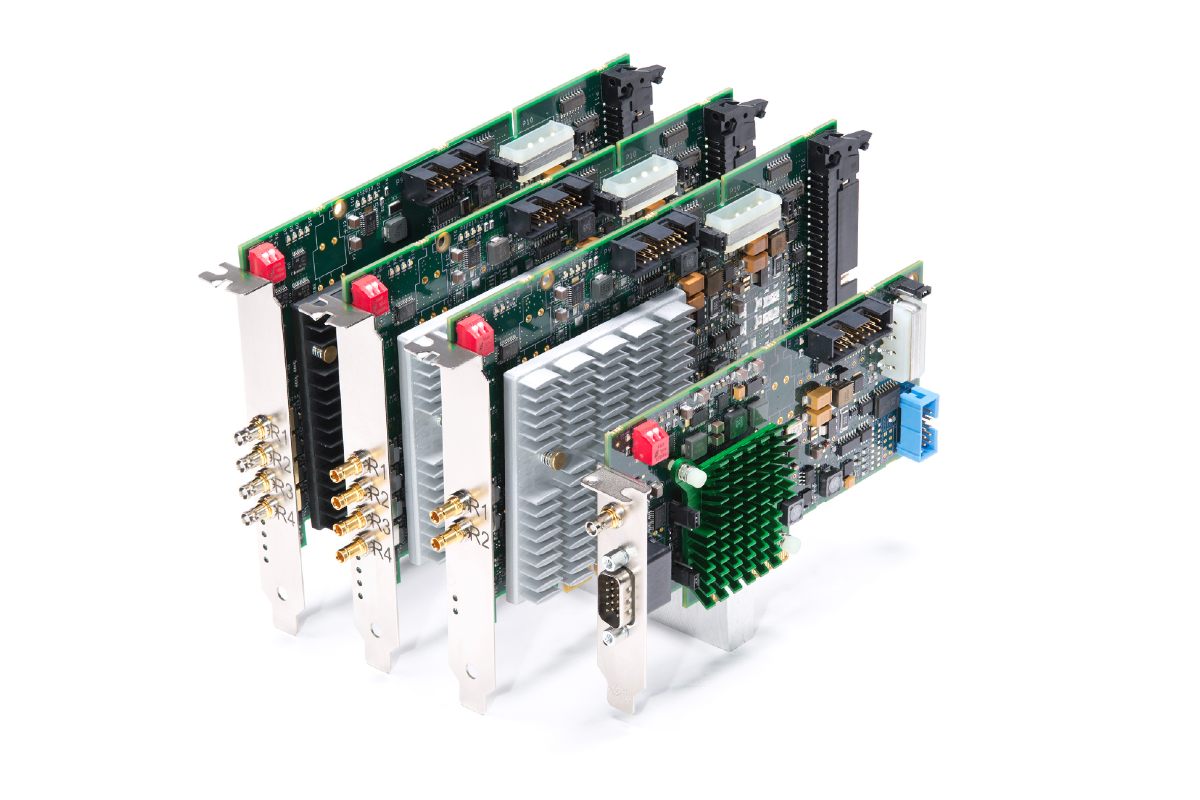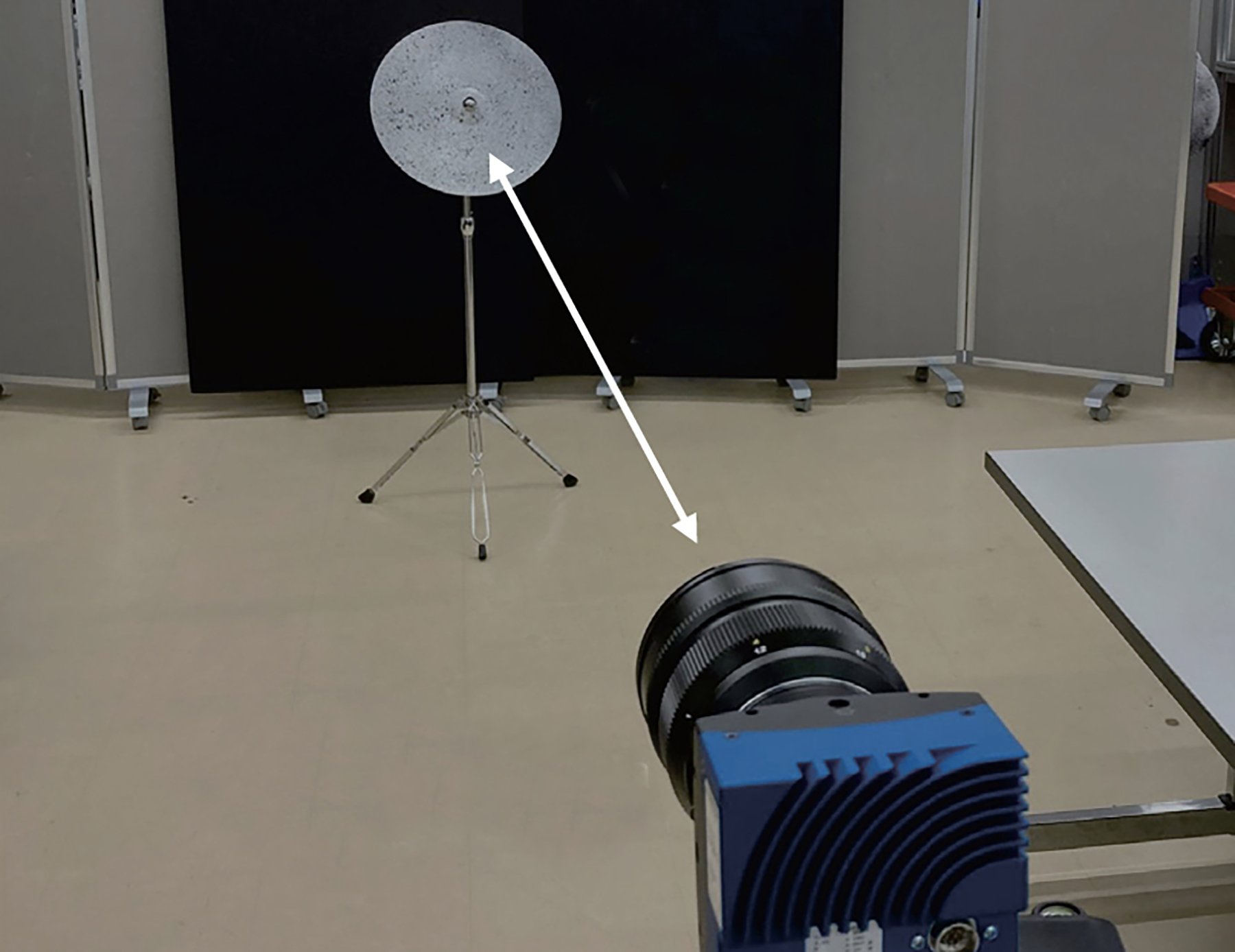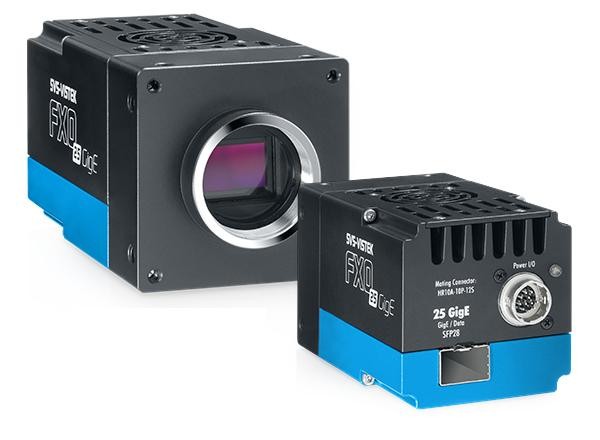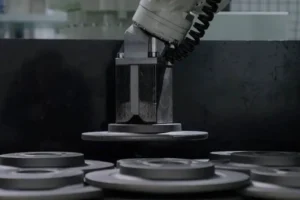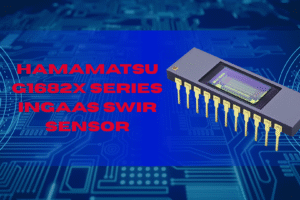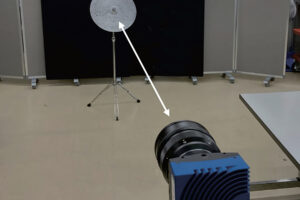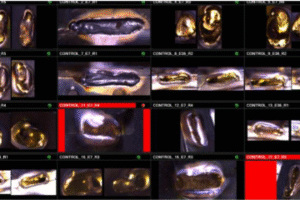Innovations in medical imaging are driven by new technologies that boost the performance of devices used in diagnostic, surgical and rehabilitation procedures. One of these cutting-edge technologies is CoaXPress frame grabbers. Donal Waide delves into how they can be deployed to assist in better outcomes for patients.
What is CoaXPress?
CoaXPress is an asymmetric high-speed point-to-point serial communication standard for the transmission of video and still images, scalable over single or multiple coaxial cables. Primarily deployed in industrial machine vision, CXP is increasingly finding use cases in medical imaging, life sciences, defense and broadcasting.
Frame grabbers based on CXP excel at transmitting large amounts of data at extremely high speeds over longer distances. The standard’s latest version, CXP 2.0, represents a major step forward with support for bit rates up to 12.5 Gbit/s per coaxial cable from camera to PC host. CXP2.0 offers a roadmap so that these rates extend to 25, 50 and 100 Gb/S in the near future. Having a multi-link board will ensure that CoaXPress will remain the fastest interface in the machine vision world. Unlike other standards which have been adopted from various transmission protocols, CoaXPress is a dedicated standard solely for machine vision. Being designed within the industry by the industry means the end-user is guaranteed that the focus will always be on what’s best for the machine vision sector.
Along with speed, convenience is a key benefit to CoaXPress. The same 75 Ohm coaxial cable transmitting video data at lightning-fast speeds also supplies 13W of power, and uplink speeds of 41.6 Mbps for camera control and trigger. CXP also permits multiple cameras with different resolutions and frame rates to link to a single frame grabber over long coaxial cable runs, each one performing a different task.
Thanks to the highly precise triggering of CoaXPress frame grabbers, multiple cameras can act as one, simultaneously capturing views from all sides of an object.
Medical Imaging with CXP
CoaXPress frame grabbers will accelerate video processing across the entire workflow in medical imaging by meeting the ultra-low latency and high-definition requirements of next-generation healthcare applications.
CoaXPress frame grabbers make it possible to efficiently process 4K, 8K and High Dynamic Range (HDR) video in uncompressed or lossless formats based on medical standards. Potential applications for medical imaging devices leveraging CoaXPress frame grabbers include:
- Minimally Invasive Diagnostics and Telemedicine: Medical imaging has been one of modern medicine greatest achievements and is widely used in healthcare for diagnosis, surgery and consultation. Latest advances include minimally invasive techniques where ultra-high resolution real-time video images are critical for accuracy.
- Surgical Video Capture, Streaming & Recording: Hospital networks have become a fundamental piece for efficient patient data management and clinical resources optimization. Advanced video streaming and recording solutions bring an extra layer of intelligence enabling real-time video information sharing over hospital IP networks. Medical 4K, 8K & 3D video solutions allow healthcare professionals to exchange live surgical or diagnosis video to work collaboratively in critical and complex cases helping improve patient outcomes.
- Live Video Sharing: The COVID 19 pandemic has shown how telemedicine can transform the health care system by providing rapid response and minimizing exposure not only through video consultation but also within hospitals. The use of high-resolution live video streams that connect people and health professionals can make the system more efficient and effective and eventually improve health services for those who need them the most.
EMI Resistance
CXP transmits data on standard 75 Ohm coaxial cable. Although inexpensive, coaxial cable offers an important advantage compared to other cable types. Due to its outer conductor’s shielding, coaxial cable is resistant to external electromagnetic interference (EMI) that can disrupt, degrade, or limit the transmission of signals.
EMI occurs with a variety of medical equipment. In electrically noisy settings EMI can corrupt sensitive medical data. Coaxial shielding makes the cable more resistant to EMI than other types of cable and enables automatic cable-loss equalization to increase achievable cable distances up to 35 meters at 12.5 Gbps. This added length is important since imaging devices are often deliberately located away from the processing system for both safety and EMI.
CoaXPress versus GigE Vision
A financial disadvantage frequently levied against using CoaXPress in medical imaging is that it requires a frame grabber, whereas GigE Vision does not. On the surface it would appear that GigE Vision is more cost-efficient. However, in the absence of a frame grabber, all data de-encapsulation is handled by a host system’s CPU. CPU overload is a serious issue in GigE Vision systems where a camera may capture images at 300 frames per second or faster, leading to the potential for data packets to be dropped. This is even worse when the CPU has been tasked with additional functions.
Also, GigE Vision does not synchronize camera results from a deterministic interface, while CoaXPress 2.0 does. Therefore, GigE Vision can experience instability and relatively high latency with added nodes or shared bandwidth. System integrators may try to overcome GigE Vision challenges by using a Network Interface Card (NIC). Yet NICs can cost nearly as much as a frame grabber and have much less image processing capabilities. In order for GigE Vision to perform comparatively to CoaXPress in similar medical imaging tasks, it would require the use of much more powerful (and expensive) processor and NIC.
Miniaturization and portability of imaging equipment is a major growth driver in the medical imaging market. BitFlow offers CoaXPress and Camera Link frame grabbers to manufacturers of medical imaging equipment that must acquire high-quality video for the diagnosis of pathological changes and to precisely target therapeutic procedures. BitFlow frame grabbers are deployed in X-rays, ultrasounds, endoscopes, intraoral cameras, and surgical microscopes to transfer complex, high-resolution color images and video in real time.
Article, by Donal Waide, Director of Business Development, Industrial Cloud & Video Group, Advantech


